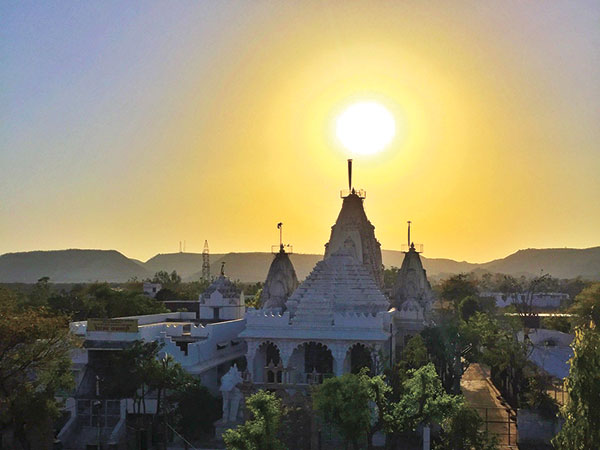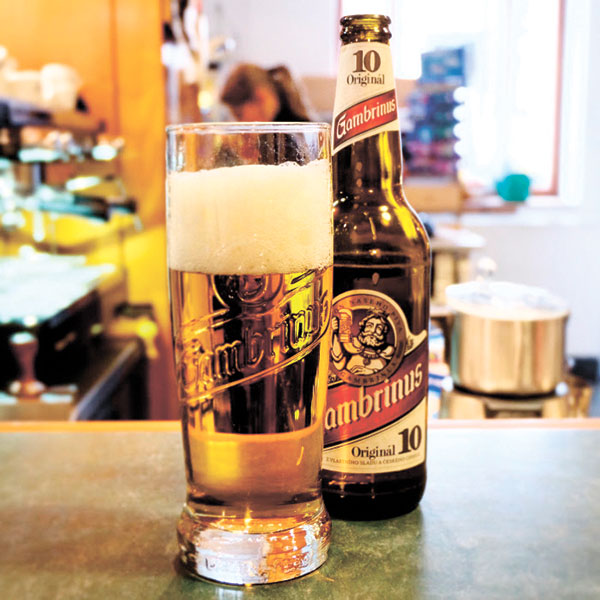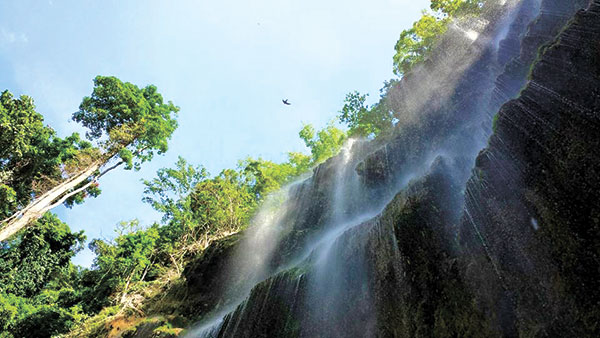The Other Side of Bohol
Text & Images: Deneb R. Batucan
It’s not a total surprise to know that the province of Bohol has so much to offer other than its popular tourist destinations like the Loboc River and the Chocolate Hills. From heritage houses to adventurous treks to farm life, the unexplored side of this stunning island is nothing but exhilarating. Clearly, Bohol will never run out of new and exciting things.
Tagbilaran
Known as the gateway to Bohol, this buzzing city has a well-kept secret that’s hidden within plain sight. Tagbilaran is home to several heritage assets filled with beauty and history. The Tagbilaran Heritage Walk covers every one of these vintage houses and buildings where you’ll literally be walking down the past.
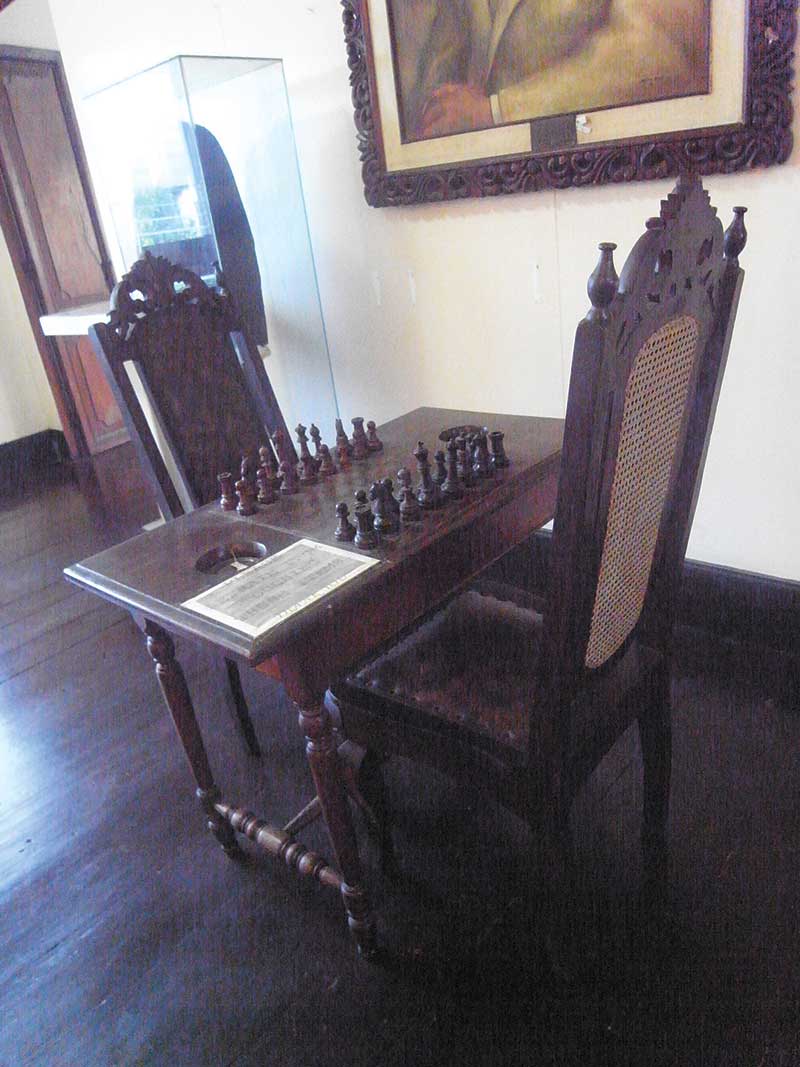
The heritage tour brings its guests to Sitio Ubos, located at the back of St. Joseph Cathedral in Poblacion Uno. Sitio Ubos was the bustling trade center during the 17th century. A cluster of heritage houses still stands there up until today.
One of the houses still intact is Casa Rocha, owned by a prominent Boholano family, the Rochas. Casa Rocha is one of the oldest houses in Bohol and is an authentic bahay na bato or house of stone.
According to historians, a family’s social status can be depicted by the architectural nuances of their house. A high staircase, wide windows and wide wooden planks used as floorboards to the house correlated to richer or higher standards of living.
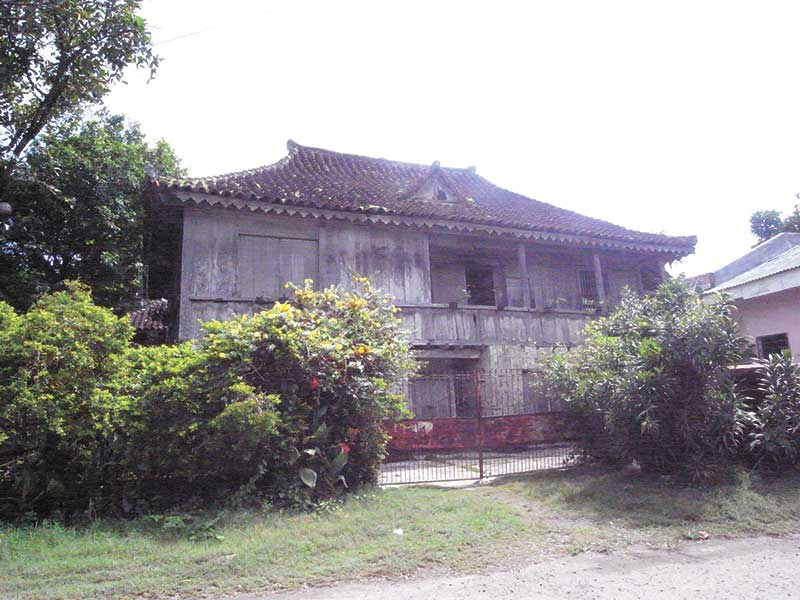
Casa Rocha has huge windows and a tall staircase that leads to beautiful double doors laden with Chinese influences. Inside the house, the entrance leads to a dome with a chandelier in the middle of the room. Clearly, this old house has experienced flair in its earlier days.
Cortes
Cortes is the portal to the magical fireflies. This is where the Abatan Main Village Center is located and where the Abatan River Community Life Tour starts, an ecotourism initiative that takes guest on a three-hour tour through the Abatan River, passing five municipalities: Antequera, Balilihan, Catigbian, Maribojoc and Cortes.
The Abatan River is one of the three main rivers in Bohol. It is home to 35 different species of mangrove trees, which line up beautifully at the sides of the wide river.
The tour starts with the pa-aso, a sacred ritual that provides the guests with a safe trip. Riding a traditional bandong along the river, the night tour is a sight to behold. What starts as completely dark and a little unnerving boat ride becomes a truly magical experience once you see the fireflies.
Ethereal is the word to describe these little creatures. They light up the trees like a string of Christmas lights, its beauty almost other worldly. Among the 35 species of mangroves present at the Abatan River, the fireflies only live in eight kinds of mangroves. Their favorite tree is the Pagatpat.
Antequera
Home of the Basket Festival, the town’s booming cottage industry has become a source of livelihood for many families of Antequera. It all started in 1911 when a family in Bicahan got engaged in the making of the bukag — a big, wide-mouthed container with big “eyelets” made of bamboo splits and rattan — that the farmers used to transport rice seedlings from the seedbeds to the rice paddies. Eventually, the bukag became a popular market basket.
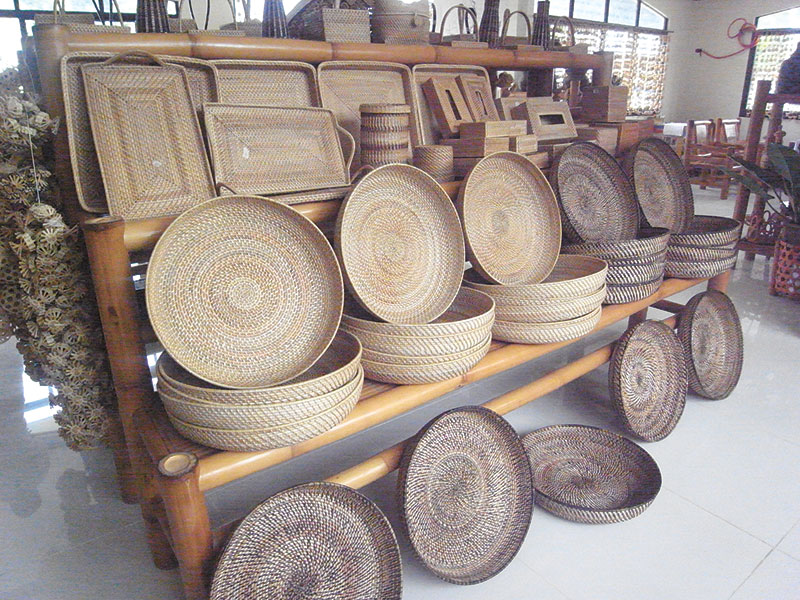
From then on, the town became filled with basket weavers who made many different basket designs from mats, bags, bracelets, necklaces, and all kinds of weaved containers, among others. Using bamboo as the main material (for spokes), weavers used varied materials in weaving: fine splits of banban, palms, nito vines, buri midribs, or a combination of these materials.
Years back, Sundays were the busiest days in the week. Weavers would flock the town plaza on Sundays (market day) to sell woven products to buyers from all over the country. But sadly, due to an influx of basket weavers from other towns and middle man buyers, this practice has long gone to seed.

Today, Antequera celebrates the Basket Festival, now on its third year, to promote the cottage industry of the town. During the town fiesta, a cultural dance showdown between different barangays entertains onlookers with weaved costumes and lively chants and dances. The barangays also put up a small marketplace where they display their intricately beautiful baskets, as well as local produce at affordable prices.
Balilihan
Balilihan, a town named after a type of grass called balili that grows wild in the area, was struck hard during the devastating earthquake in 2013, but its rehabilitation continues up until today. The Kawasan and Camugao Falls, even when struck by an unrelenting calamity, still stand proud and regal despite the hardships and changes they went through.

Camugao Falls is a great fit for thrill seekers because of its challenging trek down to the waterfall’s pool. It has a natural viewing deck at the start of the entrance before going down about a kilometer towards the pool. The 30-foot cascade is a wonderful sight.
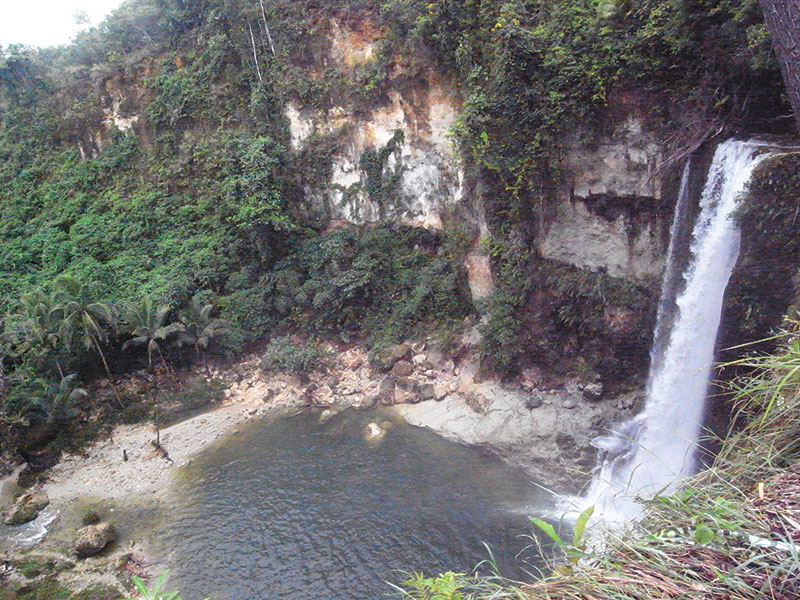
Kawasan Falls is the last stop of the Abatan River Community Life Tour. This natural wonder is a tad bit more family friendly than Camugao because it has cemented trails towards the foot of the falls. Powerful cascades of water falls into the cool waters at its foot as the water flows into the Abatan River. Along the Kawasan Falls are several nipa huts for guests to dine in or just chill while enjoying the natural wonders.
Maribojoc
Maribojoc is home to the Maribojoc Organic Demo Farm, an agrotourism destination in Bohol. Green thumbs would love to visit this educational paradise. Everywhere you look, flora and fauna are alive in every nook and cranny of this four-hectare land.
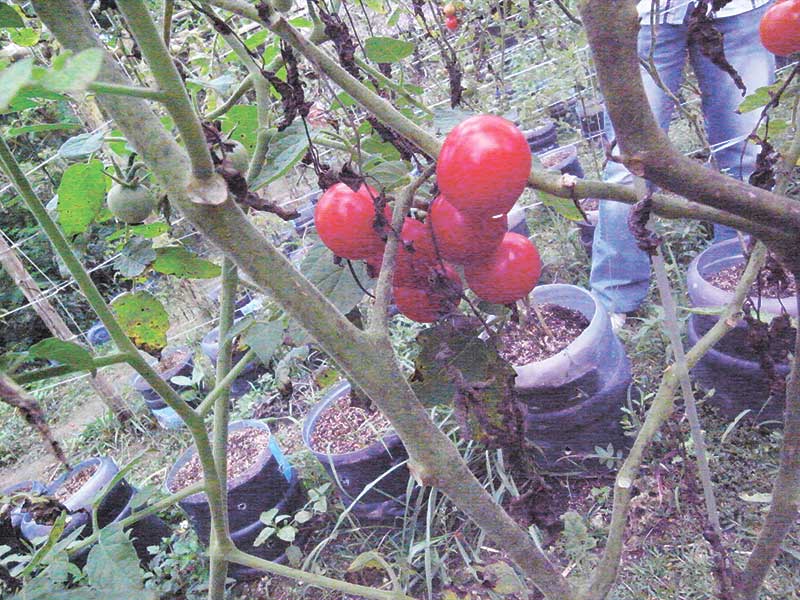
Fresh fruits and vegetable are just an arm’s reach — you can literally pick your fix at the fields or you can let the staff do the picking for you. The beauty of all this is that it’s all organic — these fruits, vegetables and even the farm animals have zero exposure to chemical fertilizers, synthetic herbicides or pesticides or commercial feeds.
Farmhands make their own organic fertilizers and feeds using earthworms that produce vermicompost and vermimeal. They even make organic vitamins called Maricom for the farm animals.
For those who would love to learn about organic farming, Maribojoc holds three-day all-inclusive seminar for budding green thumbs and farm owners. And with a well-maintained place like the Maribojoc Organic Demo Farm, it’s highly likely you’ll learn a lot, even by just touring the place.


